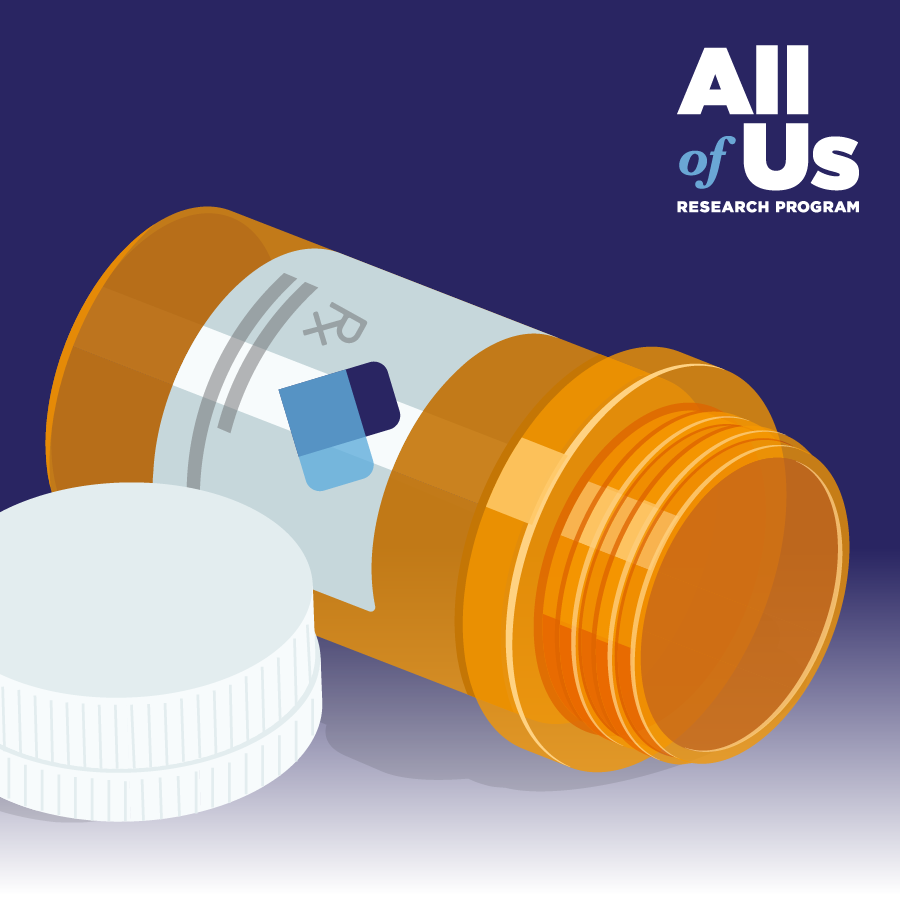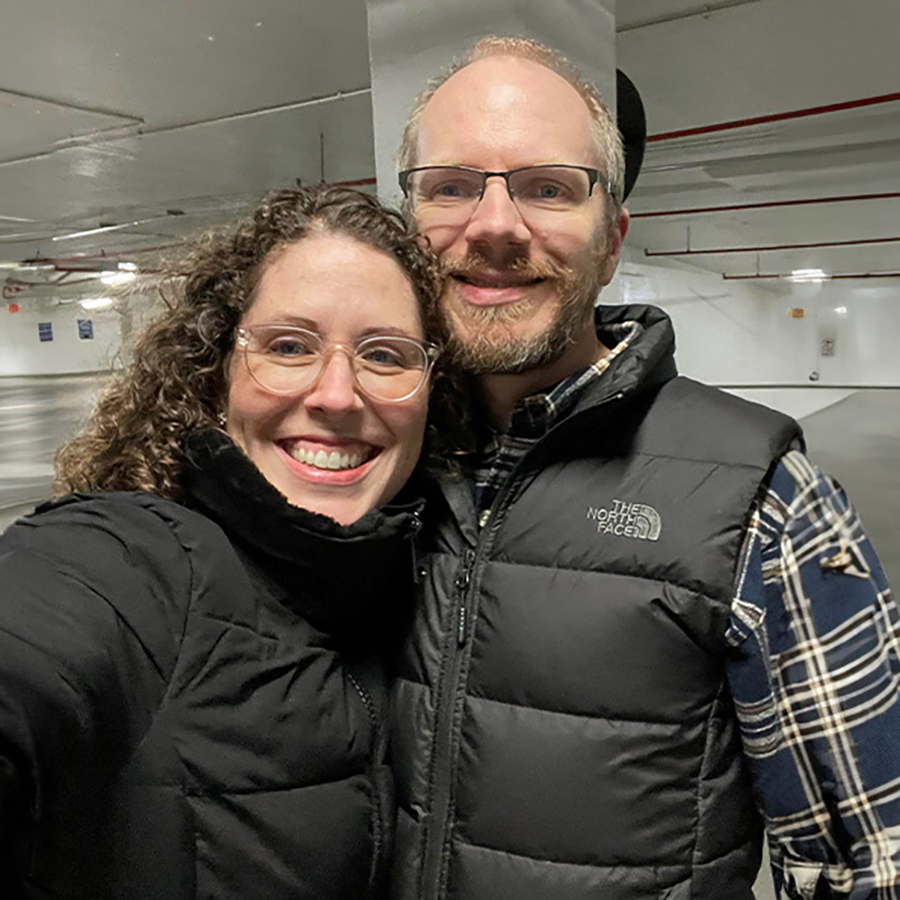
Key Points
- Type 2 diabetes can develop in many ways and lead to a variety of health problems.
- By studying DNA data from many diabetes health studies, researchers found several subgroups of type 2 diabetes.
- The researchers looked at data in All of Us and two other datasets to show that the subgroups can help predict which health problems a person may develop.
- This information could lead to more personalized care for people with type 2 diabetes.
In Short
Type 2 diabetes is the most common type of diabetes. But it’s not just one disease. The cause of type 2 diabetes and the health problems that it leads to can vary from person to person. That means there is no one right way to treat type 2 diabetes.
Researchers wanted to know whether the information in DNA can help explain the complexity of type 2 diabetes. They also studied whether a person’s DNA shows how their type 2 diabetes might progress over time.
By studying DNA patterns, researchers found several subgroups of type 2 diabetes that help explain how the condition occurs in people. The All of Us dataset helped show that some of these DNA patterns are linked to particular diabetes-related health problems. The results are published in the journal Nature.
The “How” of Type 2 Diabetes
Type 2 diabetes occurs when a person’s blood glucose (or blood sugar) is too high. There are many reasons this might occur. To see whether DNA can explain why someone gets type 2 diabetes, researchers studied DNA and electronic health record (EHR) data from several previous diabetes health studies. They looked at genetic changes in more than 400,000 people diagnosed with type 2 diabetes.
Researchers identified eight subgroups of type 2 diabetes. Each subgroup was based on a unique pattern of genetic changes. The genetic changes were linked to different body processes that can cause high blood glucose.
People from one of the eight subgroups have trouble making insulin. Insulin controls blood glucose levels in the body. Not having enough insulin leads to the development of type 2 diabetes in this subgroup.
People in one of the other subgroups have genetic changes linked to obesity. Individuals with this genetic pattern likely develop type 2 diabetes because of obesity-related changes in their bodies over time that affect blood glucose.
Connecting “How” to “What”
Type 2 diabetes can lead to heart disease, kidney disease, stroke, and other health problems. But not everyone gets all of these health-related conditions.
Researchers saw that the different DNA patterns are linked to how type 2 diabetes develops. Can the genetic patterns also predict how the condition will progress?
To answer this question, the researchers studied whether the eight different genetic patterns are linked to particular diabetes-related health problems. They looked at DNA and EHR data from more than 250,000 participants in the All of Us dataset and two other health datasets: Biobank Japan and the Genes & Health study.
The researchers learned that some of the genetic patterns were related to particular health effects. For example, people who develop type 2 diabetes because their bodies cannot produce insulin have a low risk of heart disease and kidney disease. Individuals with obesity-related type 2 diabetes have a high risk of heart disease and kidney disease.
So What?
In time, health care providers may be able to look at a person’s DNA to determine which subgroup of type 2 diabetes they have. And because of this study, providers may know which health problems are more likely to develop in each person, and may be able to better screen for them.
But there is still more to learn. Researchers can look into which treatments match the best with each genetic subgroup. And if they know the body processes involved, they can explore more specific medicines and treatments to prevent the health problems linked to type 2 diabetes. Through this study and others, All of Us participants are leading the way to help researchers develop more tailored health care approaches.
Interested in All of Us?
- Read more research highlights.
- Learn about participation in the program.
Conduct research with All of Us
- Learn about opportunities for researchers.
- Find funding to support research using All of Us data.
- See more research projects made possible by All of Us data and tools.


